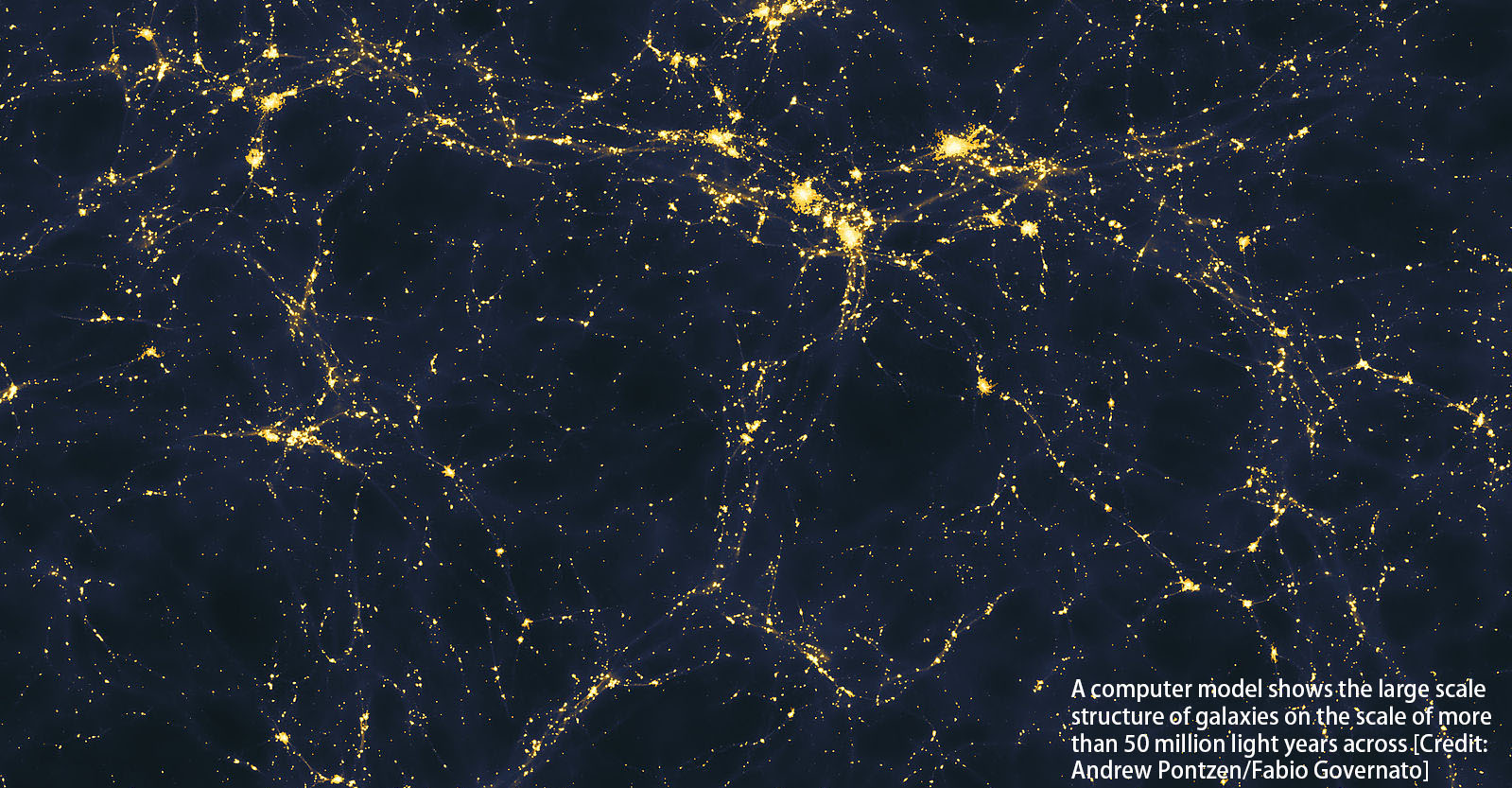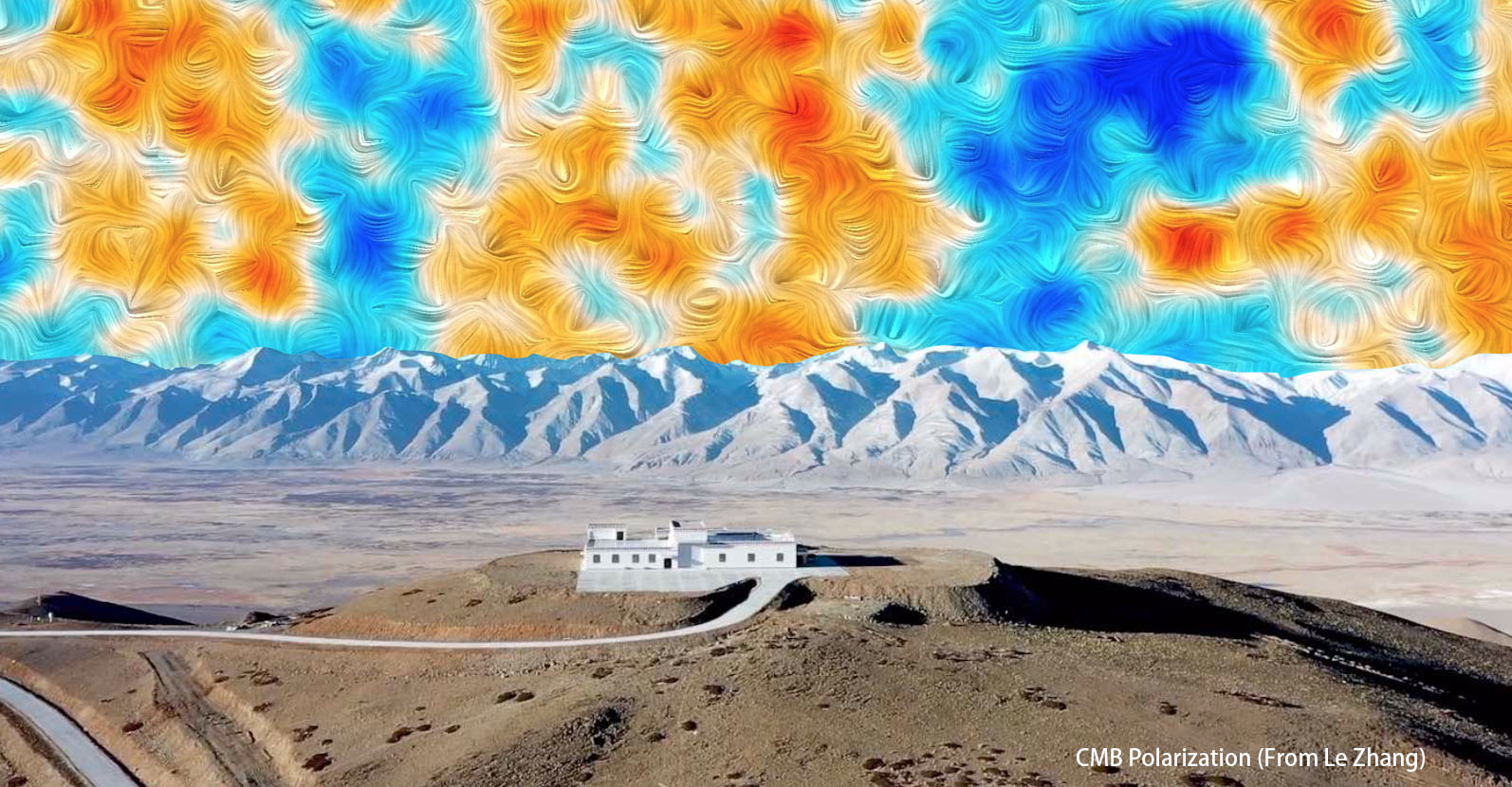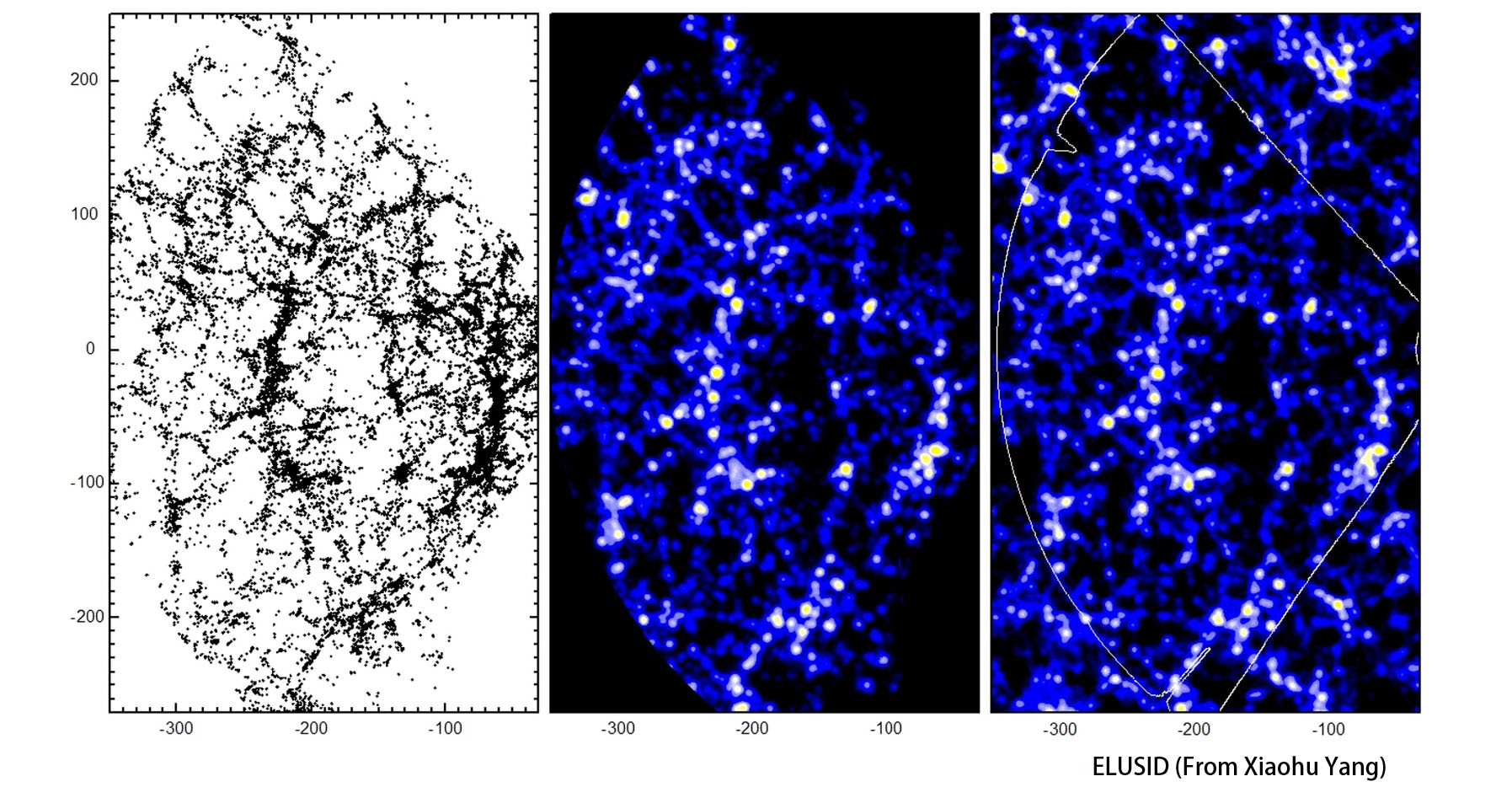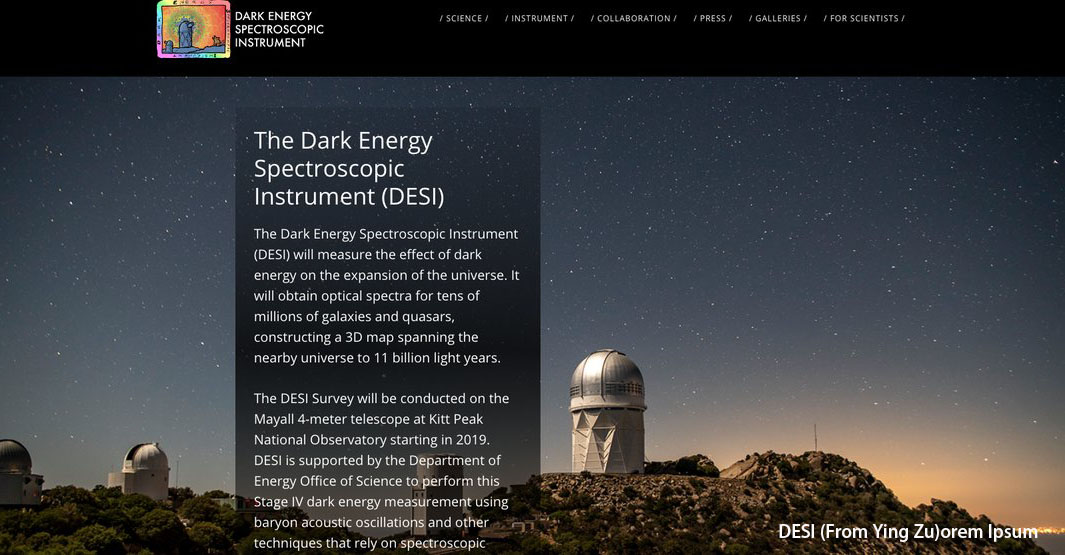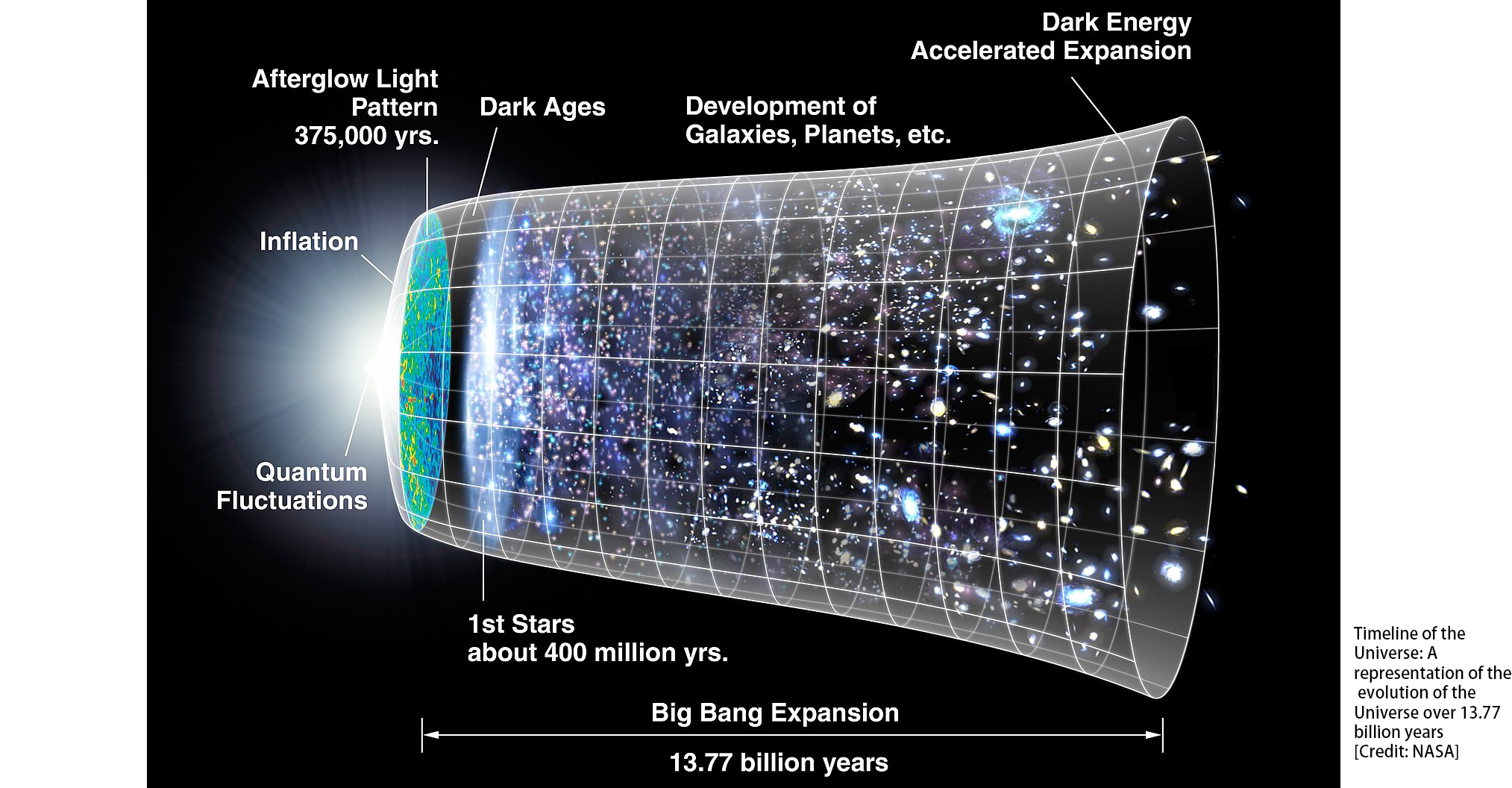Cosmology research focuses on the origin and evolution of the Universe, from the Big Bang to today and onto the future. It studies the large-scale structures and dynamics of the Universe with fundamental questions about the origin, structure, evolution and ultimate fate. Physical cosmology began with the development in 1915 of Albert Einstein’s general theory of relatively, followed by major observational discoveries in the 1920s. Edwin Hubble discovered that the Universe contains a huge number of external galaxies beyond our own Milky Way, and the Universe is expanding, which allowed the establishment of the Big Bang Theory as the leading cosmological model. Since 1990s, dramatic development in observational cosmology led to the development of a standard model of cosmology, including the cosmic microwave background (CMB), distance supernovae and galaxy redshift surveys.
The spatial distribution of galaxies is not uniform and isotropic. Galaxies form large scale structures in the Universe hierarchically, which form galaxy groups, galaxy clusters, superclusters, sheets, walls and filaments. They are separated by immense voids, creating a vast foam-like structure, sometimes called the “cosmic web”.
The Department of Astronomy in Shanghai Jiao Tong University joins the Dark Energy Spectroscopic Instrument (DESI) project, which will measure the effect of dark energy on the expansion of the Universe. It will obtain optical spectra for tens of millions of galaxies and quasars, constructing a 3D map spanning the nearby Universe to 11 billion light years. The DESI survey will be conducted on the Mayall 4-meter telescope at Kitt Peak National Observatory starting in 2019.



